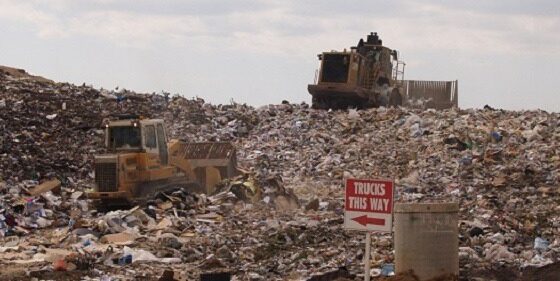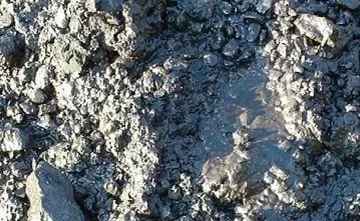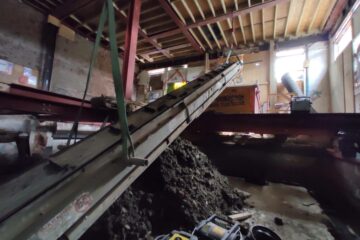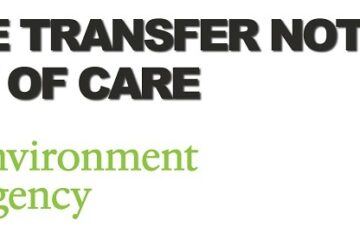As you will all know it is the waste producer’s responsibility for describing their waste in detail and that WAC is not the way to do this…! What you need to do is provide details on the source and origin of the waste, including chemical test data. The EA have produced guidance on how to properly classify waste soils. The following is a brief summary of this guide;
A Basic Characterisation must include the following:
- The waste source and its origin.
- The code applicable to the waste under the European Waste Catalogue (EWC) For our industry it will be a 17 05 code for soil (including excavated soil from contaminated sites), stones and dredging spoil.
- A determination of whether the waste has any hazardous properties as per WM2.
- In the case of hazardous waste, the properties which render it hazardous.
- The process producing the waste (including a description of the process, its Standard Industrial Classification (SIC) Code, for us it will be ‘39.00 Remediation activities and other waste management services’, and characteristics of its raw materials and products which may affect its behaviour under landfill conditions).
- Any waste treatment that has been applied, or a statement of why treatment is not considered necessary.
- The appearance of the waste (including smell, colour, consistency and physical form) – for us it will generally be ‘brown with a slight odour’…!
- Confirmation that the waste is not prohibited from disposal to landfill (for example liquid waste and whole used tyres).
- The class of landfill the waste can be disposed at.
- Confirmation of whether the waste requires testing. If the waste producer decides that he cannot or should not test, he must agree why with the Environment Agency.
The EA expect the following for wastes that require sampling and testing:
- The full composition of the waste including hazardous constituents / properties based on the known composition of the waste and likely contaminants. The requested analytical suite should be informed by the requirements of WM2.
- The likely behaviour of the waste in a landfill and any additional precautions the landfill operator must take. This may include short term leaching effects if highly leachable components are present.
- An assessment against any relevant limit values and its other characteristic properties.
- Identification of key variables for compliance testing for regularly generated wastes.
The specific analytical requirements should be based on:
- WM2.
- Source material knowledge.
- Whether additional testing is required.
- The proposed disposal route WAC requirements and any additional substances not identified below.
Where a waste producer does not test his waste, references should be provided to the WM2 classification information or commentary made why a test is unnecessary. The waste producer must agree the testing suite with the landfill operator.
This includes reference to the justification of why leaching tests are not carried out for landfill classes where limits are not set at the EU level, that is, non-hazardous waste. Notwithstanding this, the waste must conform to the risk based framework used to permit the site; hence a knowledge of the likely leaching behaviour under landfill conditions is required.
So there you go. It’s quite straight forward to do. But if you need any assistance we’re only a call away 0131 538 8456 …and we don’t bite…! Why not read this…
2022
Waste soil classification and disposal options
Classifying waste soils for disposal without any prior knowledge can be difficult and uncomfortable at times, especially when it can be very costly if you incorrectly classify the material. This eBook will help you understand the whats, the whys and the hows of waste soil classification in the simplest terms.







Leave a Reply